Jerónimos Monastery
Elaborately carved to showcase the glorious wealth that the age of exploration brought to the Portuguese empire.
Though it’s one of the most important buildings in Portugal today, the Jerónimos Monastery had much more humble beginnings.
In the 14th century, the small Lisbon chapel, Santa Maria de Belém, was presided over by monks of the military-religious Order of Christ. Originally built by Prince Henry the Navigator, the duty of the monks there was to assist Portuguese sailors and ships leaving port for long journeys. Seamen and crew would spend their last night in Portugal within the church, often praying for safe travel and confessing their sins to the monks there in case they did not return to land.
Of the most famous was the great Portuguese explorer Vasco de Gama, who was the first European to reach the Far East by sea and who credited the night of prayer in the church with his success. Upon the triumphant return of de Gama and the new found riches, King Manuel I began construction of a new monastery on the location, one to showcase the glorious wealth that the age of exploration brought to the Portuguese empire.
The monastery and church were built over the next 100 years with taxes from imported goods from Africa and the far east. Unsurprisingly, several architects and numerous sculptors worked on the building, together achieving a level of cohesive realization in creating one of the most majestic examples of Late Gothic Manueline style of architecture.
The King donated the construction to the monks of the Hieronymite order, who were tasked with praying for the soul of the King and his family— likely no small task when considering the atrocities of Portuguese explorers and traders among plundered lands all in the name and with approval of their King. Regardless, for the next several hundred years the monks continued in their duties until the order was dissolved and the monastery abandoned in 1833. For a time it was a children’s school, but it gradually fell from its grandeur into disrepair thanks to earthquakes and neglect.
It has seen several restoration projects and cleanings since the mid-1800s, where it once again became the pride of the capital city. In 2007, the Treaty of Lisbon was signed at Jerónimos. Today, the monastery is a UNESCO world heritage site. Inside are the tombs of the royal family, Vasco de Gama, and Luís de Camões among other notable Portuguese notables from the age of its construction.
Know Before You Go
There are several ways to use public transportation to get to the site: Buses 714, 727, 729 and 751 stop at Belém. Tram 15 has a stop right outside the monastery. Additionally, Lisbon-Oeiras suburban train service from Cais do Sodré stops at Belém. Metered parking is available in the area around the neighborhood.Admission to the church is free; it's a church! You will see great long lines waiting to pay for admission: to the cloister. Of course you want to see both. Here's the secret: to the far-ish left of the main entrance is the National Museum of Archaeology. Go in there, and pay for admission to both the museum and the cloister. Visit the Gold Treasure room in the museum. You will be astounded! Then, from the far end of the museum, show your ticket and be at the head of the line for admission to the cloister. After that, exit the cloister and you will be at the free entrance to the church. The three are worth a day. After the museum and monastery, walk to the left along the Praca Imperio and Rua Belem to the cafe Pasteis de Belem. (Marked on Google maps.) Go inside to a table and have a plate of custard tarts; spinkle them with cinnamon and powdered sugar; with a coffee. Then have a nap before supper!
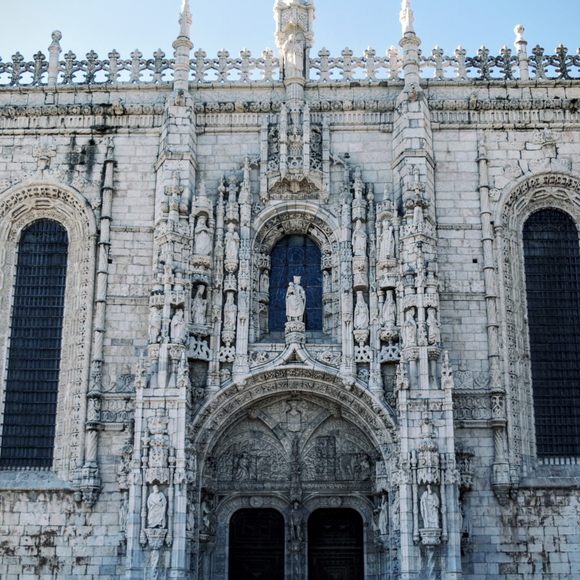

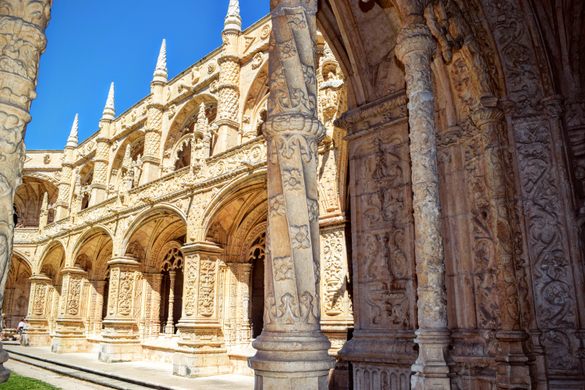
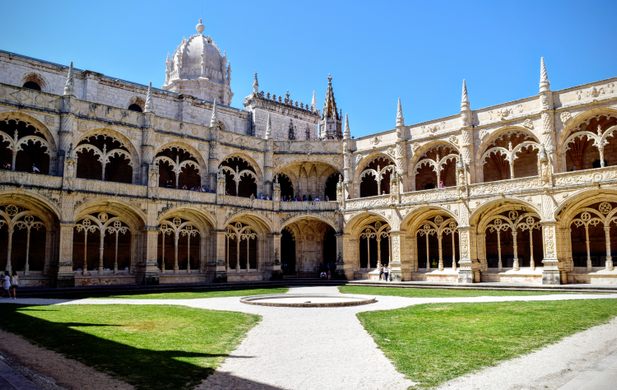
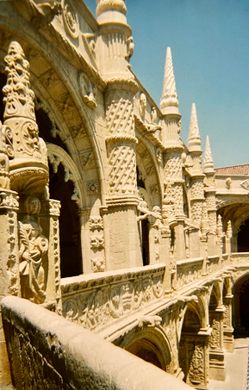


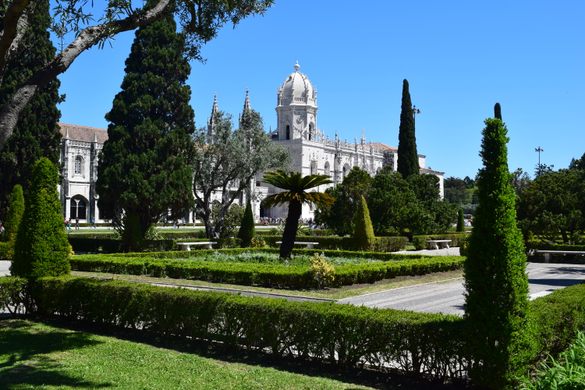
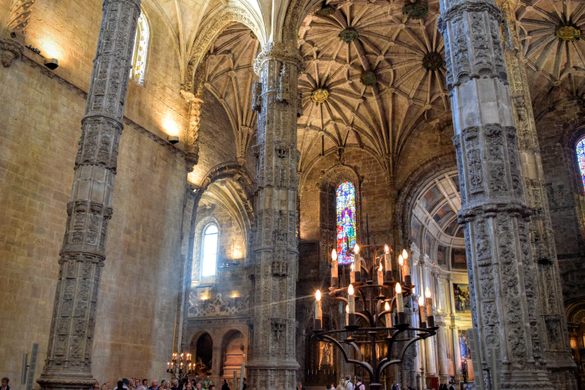
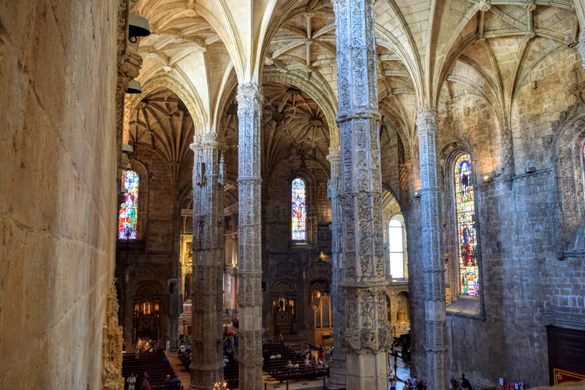
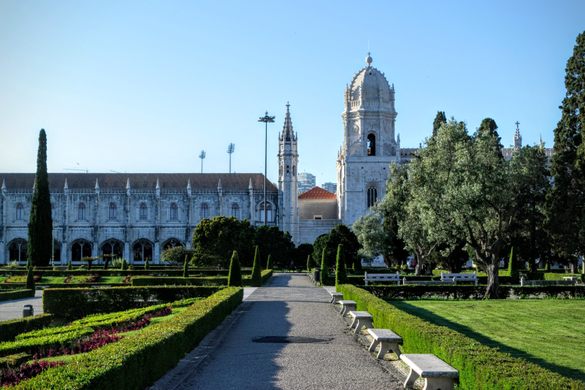
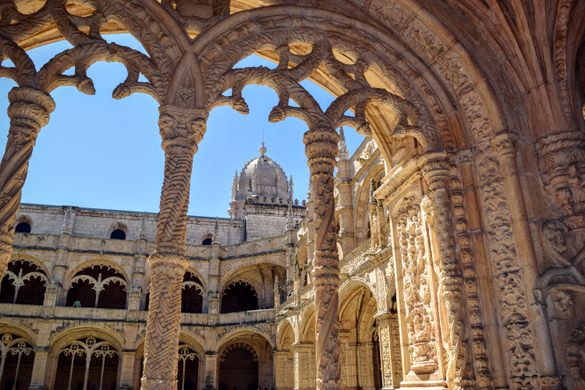

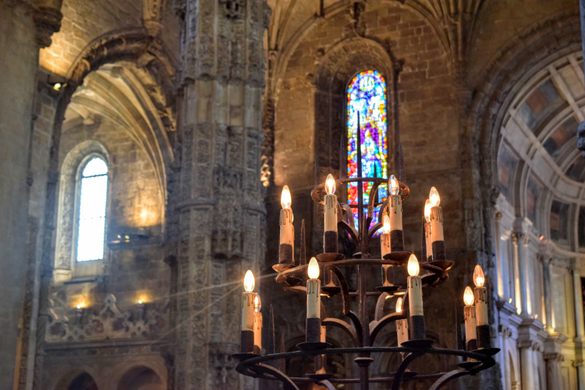
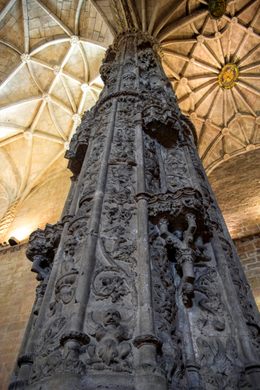





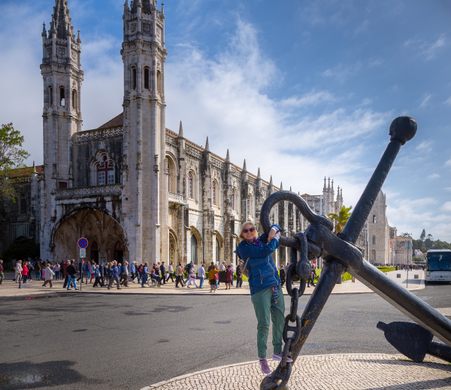





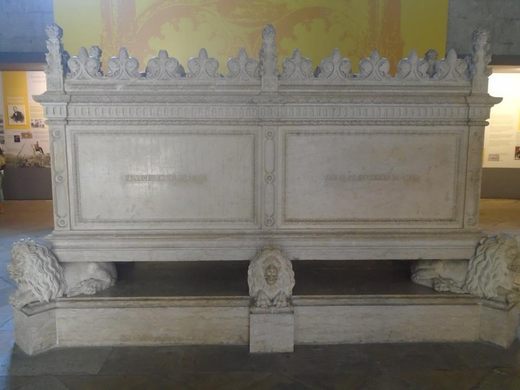
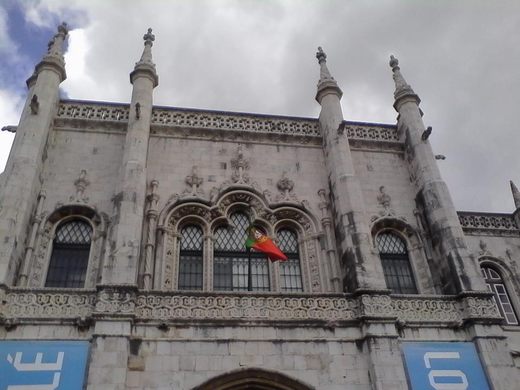



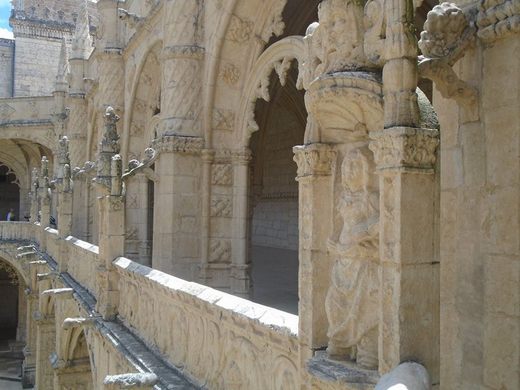
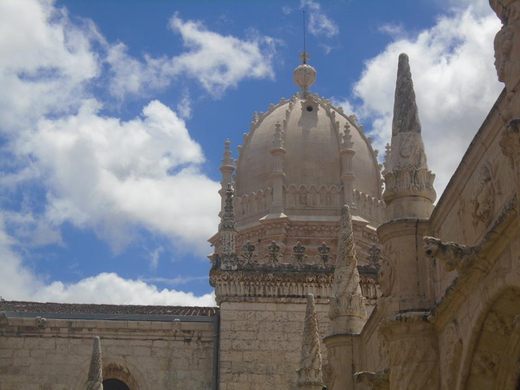


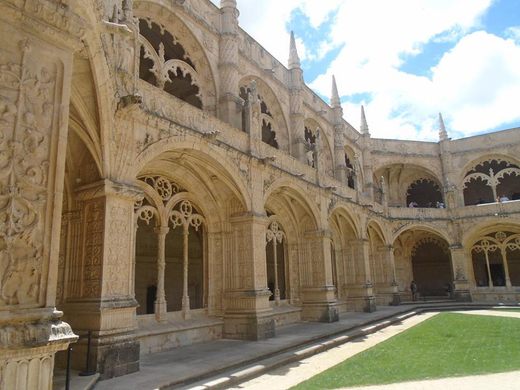


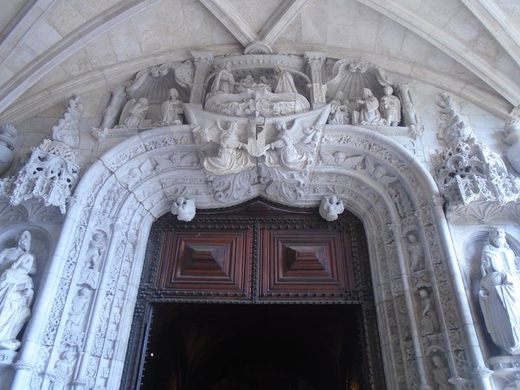


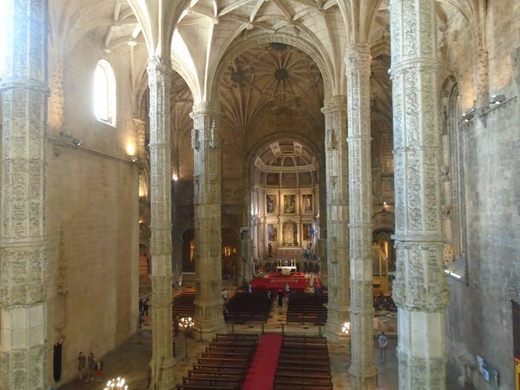













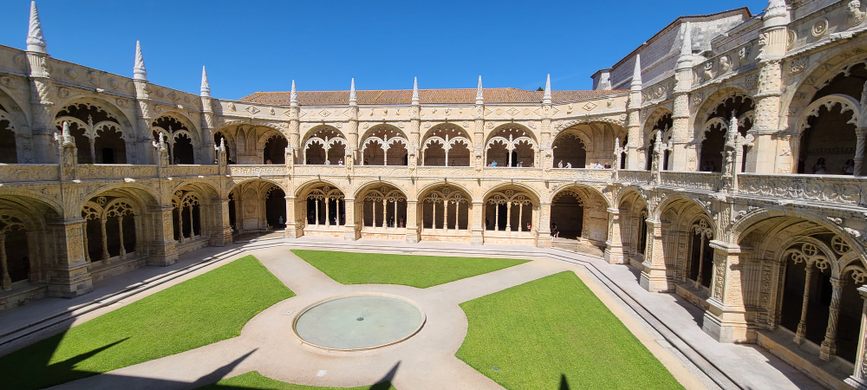
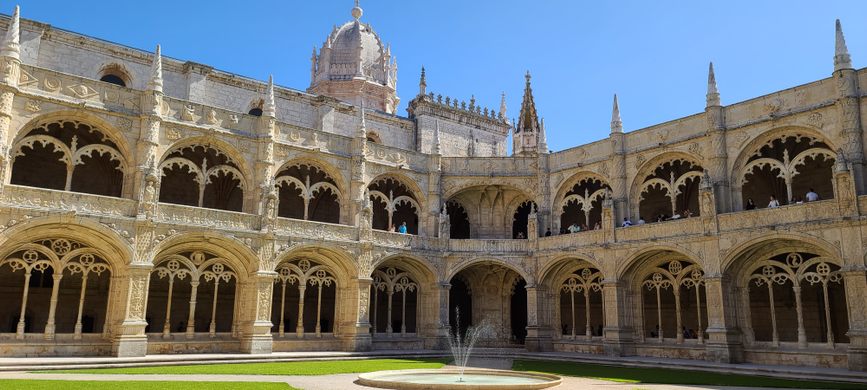





















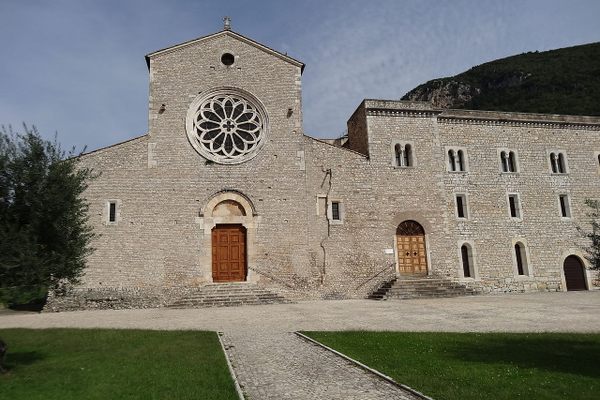
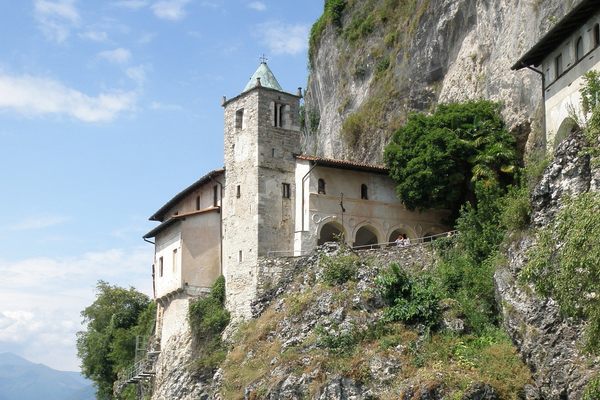


Follow us on Twitter to get the latest on the world's hidden wonders.
Like us on Facebook to get the latest on the world's hidden wonders.
Follow us on Twitter Like us on Facebook